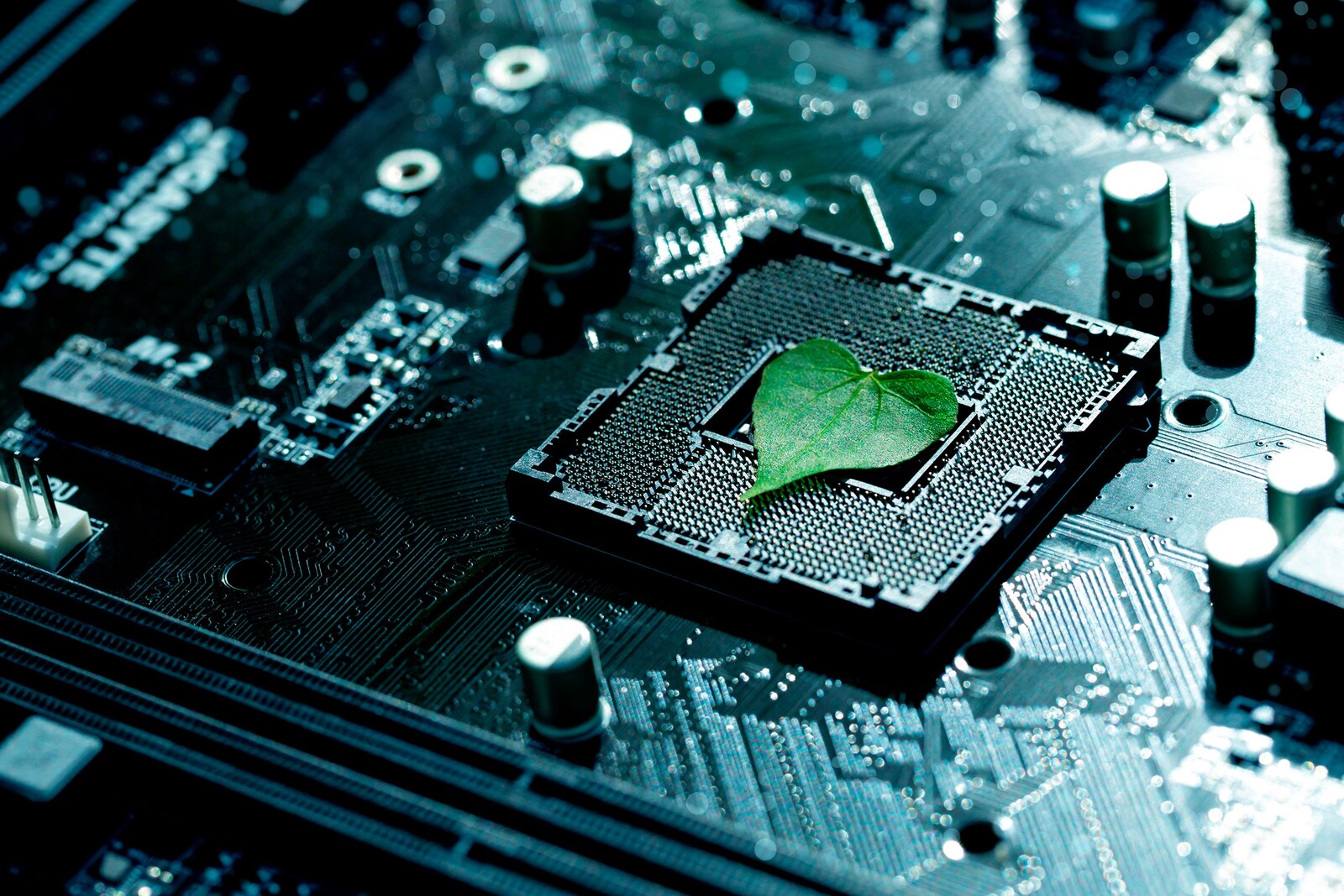Panorama
Discover the highlights from the world of finance, innovation and sustainability.
Showing 15
of 50
result(s)
Nine Pages That Rewrote the Future of Finance
On October 31, 2008, amid a global financial crisis, a pseudonymous figure named Satoshi Nakamoto released a nine-page document titled “Bitcoin: A Peer-to-Peer Electronic Cash System.” Few could have imagined that such a concise paper would redefine how we think about money, trust, and the architecture of the digital economy.
Psychological repercussions of the use of AI: how does it affect us and what can we do about it?
Artificial intelligence (AI) has become integrated into many aspects of our daily lives, from the personal assistants on our mobile phones to the algorithms that decide what we see on social media. This technological revolution is transforming the way we live and work, but it also raises questions about its impact on our mental health and emotional wellbeing.
Crypto: from a passing fad to an unstoppable revolution
Alfonso Gómez, CEO of BBVA in Switzerland, reflects on how digital assets have gone from being a passing fad to a revolution that is transforming the financial system. From Bitcoin to tokenization, he makes the case for why it's time for the industry to take a leading role.
Artificial intelligence hallucinations
The term “Artificial Intelligence hallucination” (also called confabulation or delusion) in this context refers to the ability of AI models to generate content that is not based on any real-world data, but rather is a product of the model’s own imagination. There are concerns about the potential problems that AI hallucinations may pose, including ethical, social, and practical issues.
Where is my flying taxi? The current status of vertiports
Flying taxis have yet to take off, facing numerous technological, social, and legal challenges. Designs for take-off and landing infrastructure—known as vertiports—are already in progress, starting with cargo and later expanding to passenger transport.
Artificial intelligence and the future of work
Artificial intelligence (AI) is a rapidly growing field that has the potential to revolutionize the way we work, learn and interact with technology. As AI technology continues to progress, it is increasingly integrated into various aspects of the workplace, from automating repetitive tasks to helping professionals to make better decisions.
Private banking is pursuing digitization without neglecting direct customer service
In a sector where personalized treatment is particularly essential, digitization is initiated through digital investment platforms, AI, big data, blockchain and cybersecurity.
Green computing: when digitization and sustainability join forces
Digital technologies are a key element in decarbonization, but they also have a negative environmental impact. Green computing, also known as Green IT, promotes technologies that help reduce harmful emissions.
What will smartphones be like in 2030?
Following Apple's recent launch of the first AI-enabled iPhone, our mobile devices are set to undergo a major transformation over the next five years. With flexible materials, artificial intelligence, augmented reality, and 6G connectivity, what is in store?
What is the eco-digital economy, and why could it reach $33 trillion by 2028?
Increasingly digital and sustainable. Companies today are navigating a dual transformation to enhance their competitiveness while integrating sustainability into their activities. Data forecasts point to a positive impact on global economic growth.
How AI could help doctors diagnose cancer
Artificial intelligence algorithms are already proving to be a very useful tool for preventing tumors. The applications of AI already in use include early detection, rapid diagnosis, and risk prediction.
The future of work: AI and no offices
We are immersed in an unprecedented labor revolution. Most jobs of the future do not exist today. This raises important questions: What will offices be like by 2030? Will remote work continue?
Cybersecurity, the other big trend standing in the shadow of AI
The big bet on the artificial intelligence (AI) revolution often overshadows another key technology trend for digital transformation: cybersecurity. Besides protecting digital assets, experts stress the need to build an organizational culture that is risk-aware and prepared to respond to growing threats.
Podcast | Blockchain, from cryptocurrencies to innovation of the financial system
This chapter of 'Blink' is dedicated to blockchain, a technology that has expanded from being focused solely on cryptocurrencies to other areas such as digital identities, decentralized finance, and supply chain traceability.
What blockchain is and how it has driven decentralization
In just a few years, blockchain technology has expanded beyond cryptocurrencies to become a tool used in many other areas, such as asset tokenization and digital identity. The future of blockchain lies in its interoperability with the centralized world, which, thanks to institutional liquidity, can enhance its speed and efficiency.














